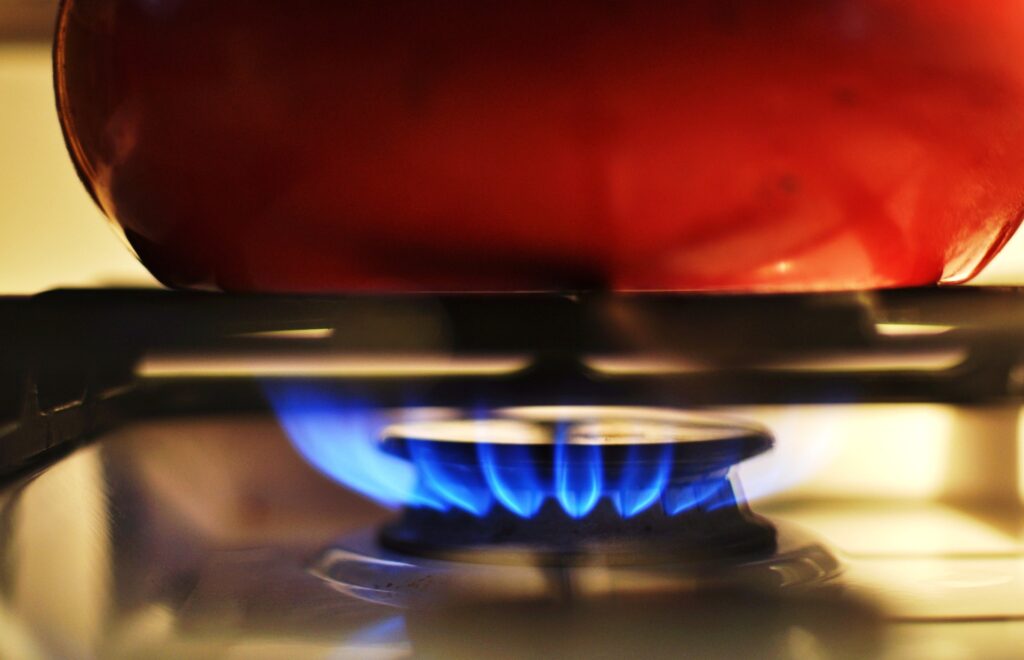
New Delhi: The Cabinet Committee on Economic Affairs today approved the revised domestic natural gas pricing guidelines for gas produced from nomination fields of ONGC/OIL, New Exploration Licensing Policy (NELP) blocks and pre-NELP blocks, where the Production Sharing Contract (PSC) provides for the Government’s approval of prices.
The price of such natural gas shall be 10% of the monthly average of Indian Crude Basket and shall be notified on a monthly basis. For the gas produced by ONGC and OIL from their nomination blocks, the Administered Price Mechanism (APM) price shall be subject to a floor and a ceiling. Gas produced from new wells or well interventions in the nomination fields of ONGC and OIL would be allowed a premium of 20% over the APM price. A detailed notification was to be separately issued.
The new guidelines are intended to ensure a stable pricing regime for domestic gas consumers while at the same time providing adequate protection to producers from adverse market fluctuation with incentives for enhancing production, the Ministry of Petroleum and Natural Gas, stated.
The government has targeted to increase the share of natural gas in the primary energy mix in India from the current 6.5% to 15% by 2030. The reforms shall help expand the consumption of natural gas and will contribute to the achievement of the target of emission reduction and net zero.
These reforms are a continuation of the various initiatives taken by the Government of India to protect the interests of consumers by reducing the impact of an increase in international gas prices on gas prices in India by significantly increasing the domestic gas allocation to the City Gas Distribution sector.
The Ministry said that the reforms will lead to a significant decrease in prices of Piped Natural Gas (PNG) for households and Compressed Natural Gas (CNG) for transport. The reduced prices shall also lower the fertilizer subsidy burden and help the domestic power sector. With the provision of a floor in gas prices as well as provision for a 20% premium for new wells, this reform will incentivize ONGC and OIL to make additional long-term investments in the upstream sector leading to greater production of natural gas and consequent reduction in import dependence of fossil fuels. The revised pricing guidelines will also promote a lower carbon footprint through the growth of a gas-based economy.
Currently, the domestic gas prices are determined as per the new Domestic Gas Pricing Guidelines, 2014 which were approved by Government in 2014. The 2014 pricing guidelines provided for the declaration of domestic gas prices for a 6-month period based on the volume-weighted prices prevailing at four gas trading hubs – Henry Hub, Albena, National Balancing Point (UK), and Russia for a period of 12 months and a time lag of a quarter.
As the earlier guidelines based on 4 gas hubs had a significant time lag and very high volatility, the need for this rationalization and reform was felt. The revised guidelines make prices linked to crude, which is a practice now followed in most industry contracts, more relevant to the consumption basket and has deeper liquidity in global trading markets, on a real-time basis. With the changes now approved, data on Indian Crude basket prices from the previous month would form the basis for APM gas price determination.
– global bihari bureau





